
When you find a ‘secret’ Asian restaurant by accident
We found this food gem in East Tamaki by accident. I had forgotten to book at the restaurant we actually came for, and the wait

We found this food gem in East Tamaki by accident. I had forgotten to book at the restaurant we actually came for, and the wait
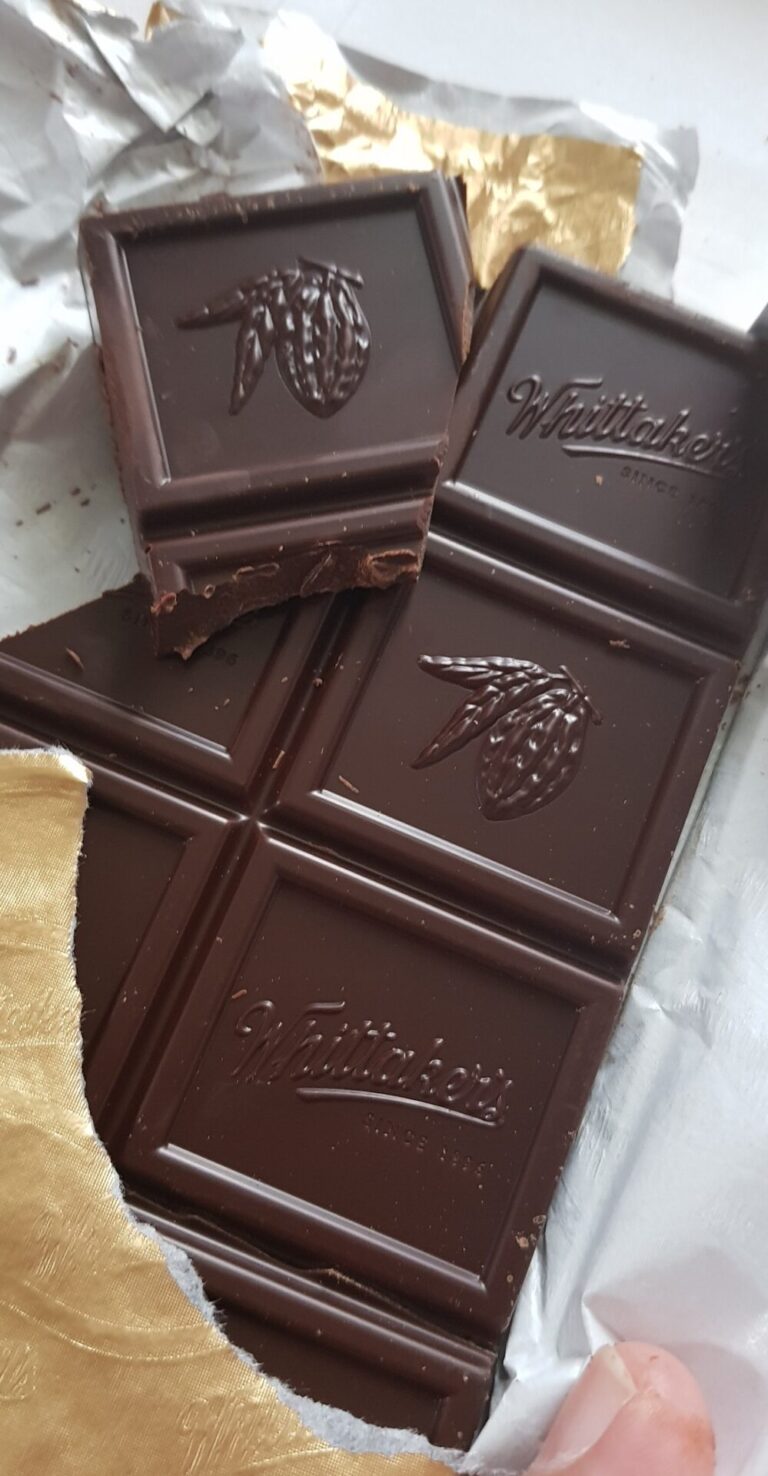
I’m super late to this game, especially since Whittaker’s released their artisan ‘Cocoa Lovers Collection’ way back in 2020… but I had to find out
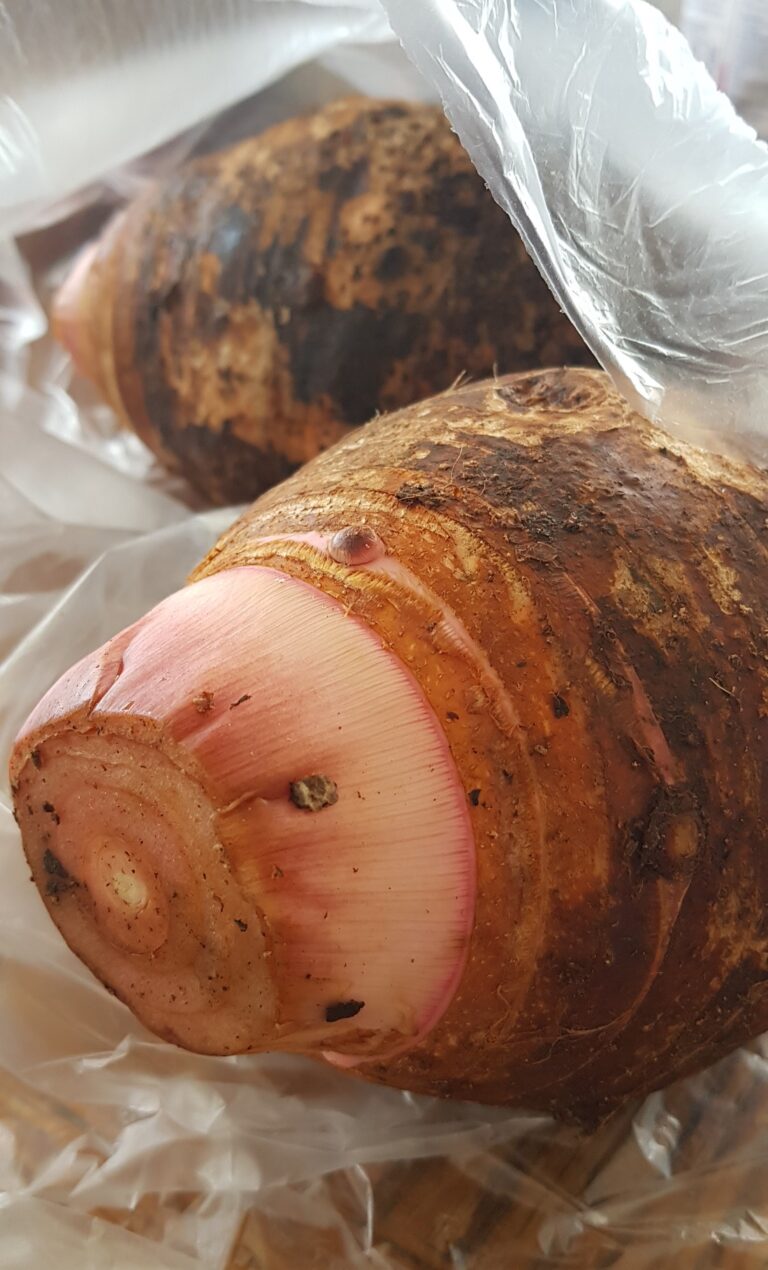
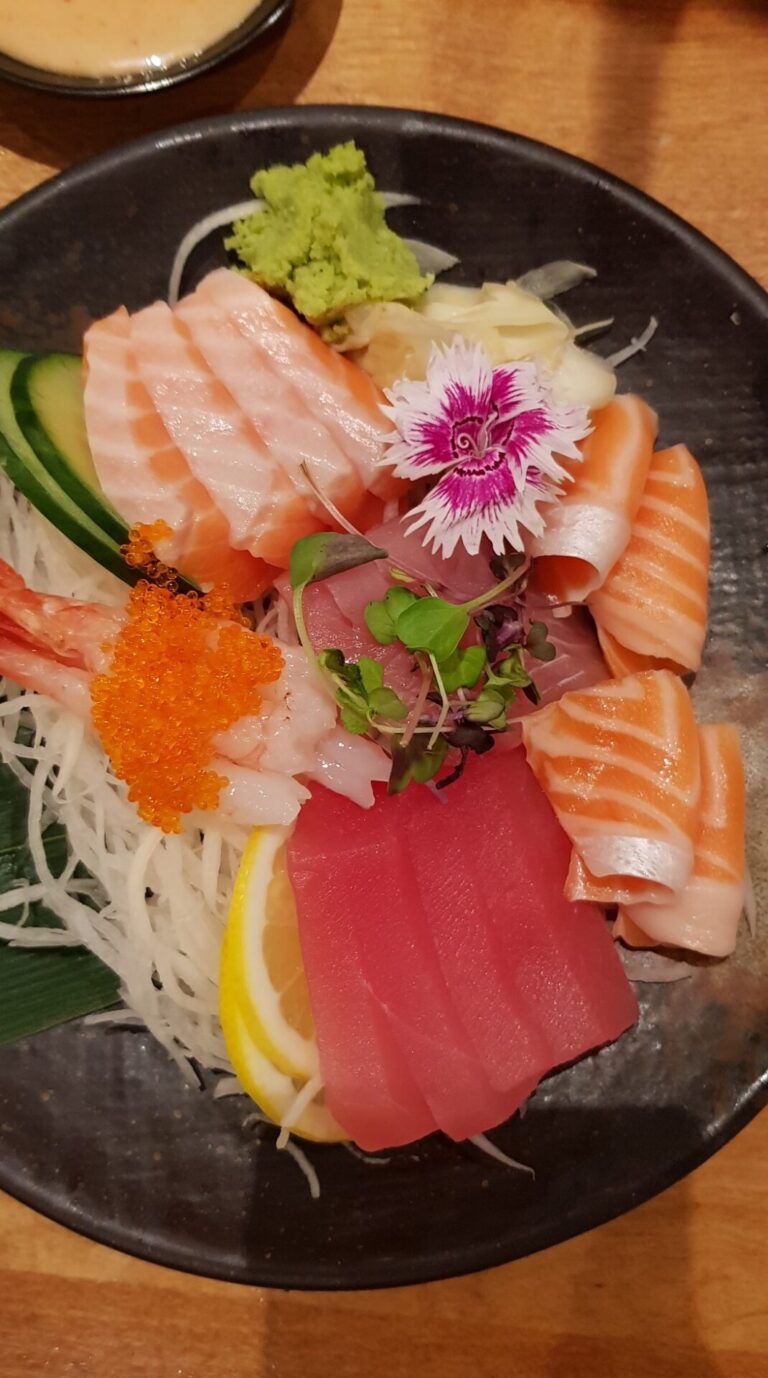
I spent several days looking online for a local seafood restaurant that had good food (ie. great reviews) but in a reasonable price range because…
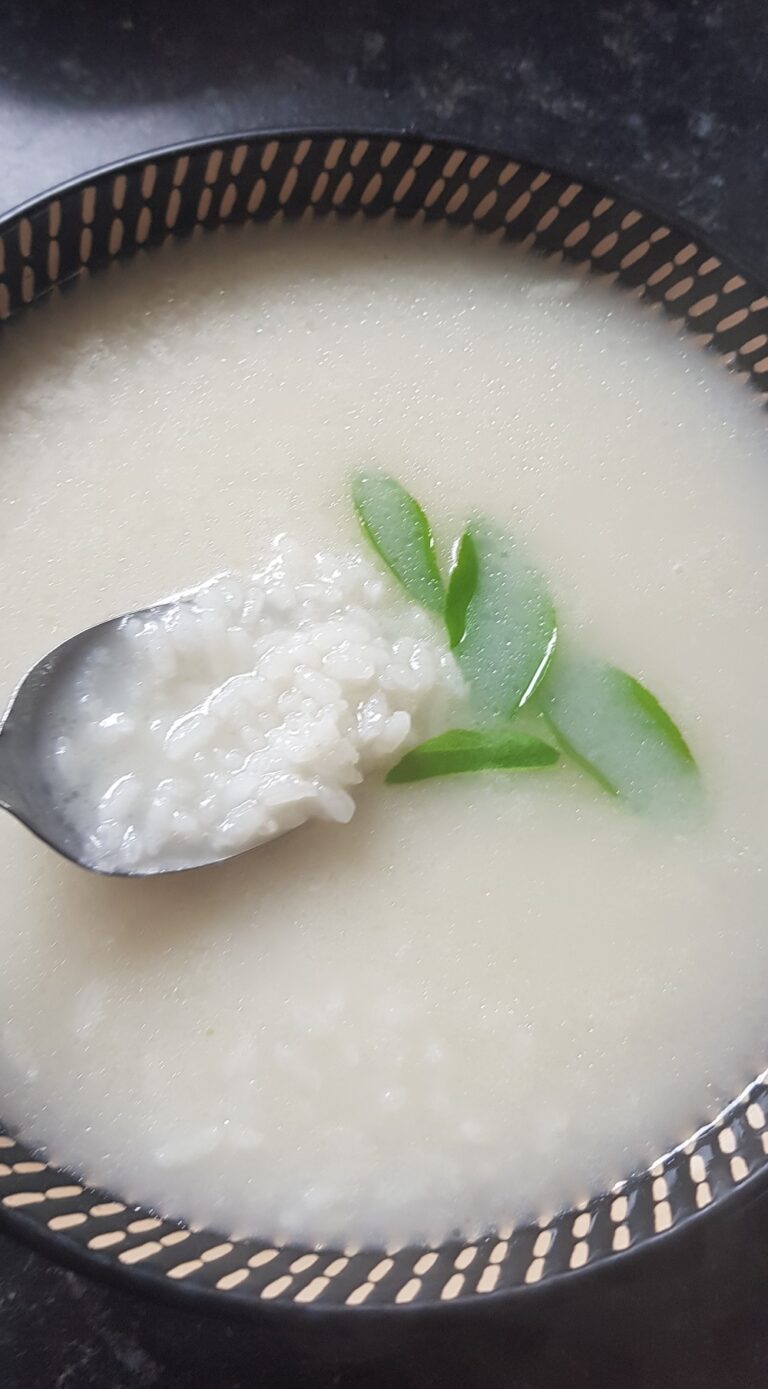
Taro, green banana and breadfruit are some ‘official’ staples in the Pacific, but we love our rice, too! Samoans have several rice-based favourites, including koko
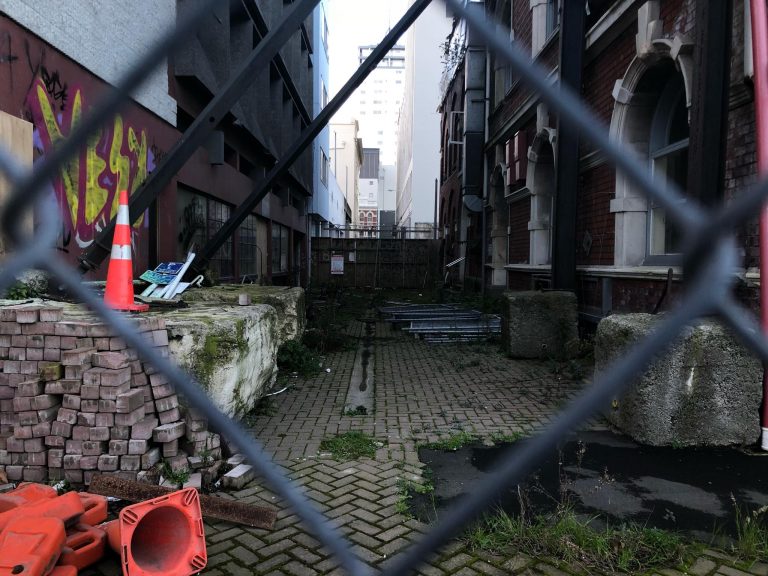
Ever met someone for the first time and immediately thought, “This person is going to be my friend someday,” and then it comes true? I

I know Koni from when we worked together in a contact centre. The first words she ever said to me – while I was in
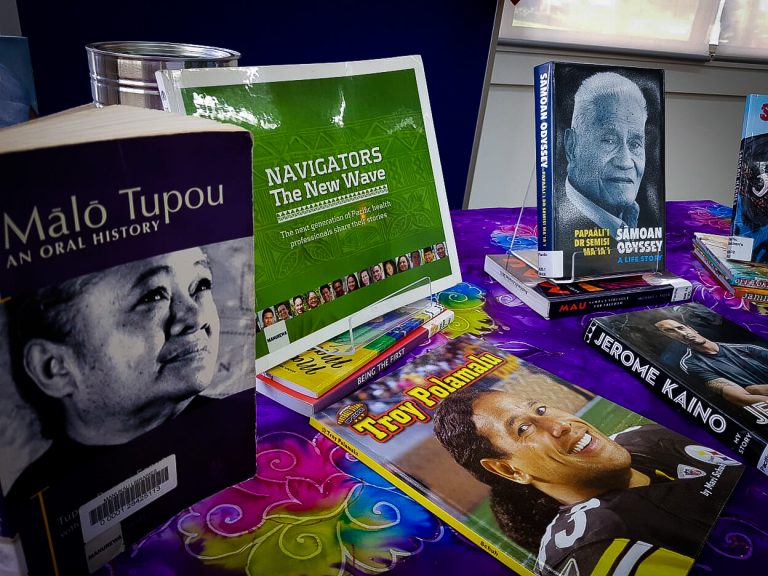
I was well out of high school before I fully understood that the history we learned there is not really mine. I mean, I loved
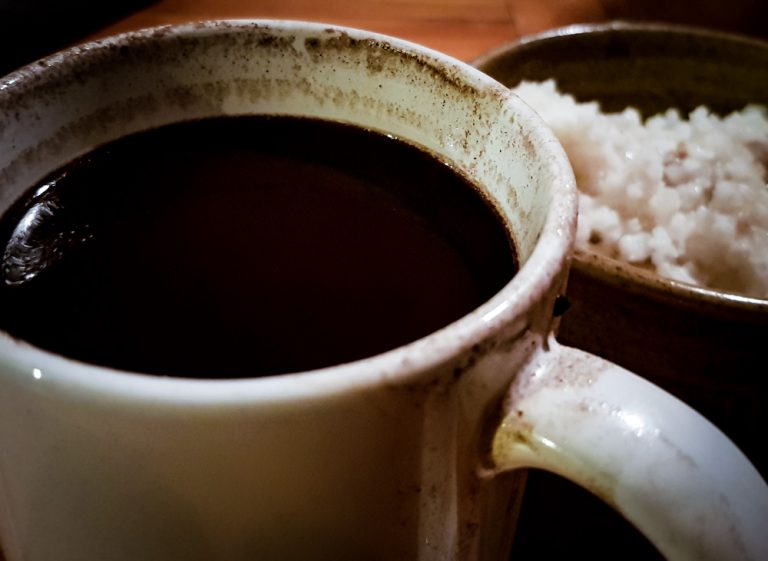
In my culinary fantasies, I can walk into any café and ask for a fresh brew of sweet, black koko Samoa. That world is not